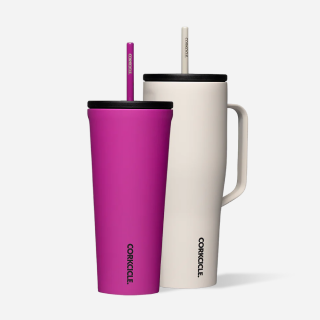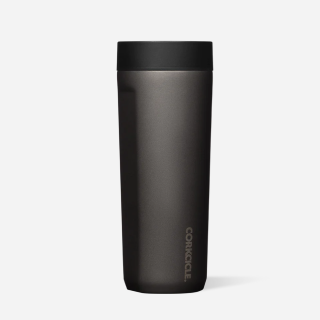Achieving a harmonious balance between work and personal life is an essential, yet often challenging, aspect of modern living. It requires continuous effort, self-awareness, and the willingness to adjust as your life and circumstances evolve. In a world where the lines between professional and personal are increasingly blurred, finding a sustainable equilibrium is key to maintaining mental health, productivity, and overall happiness. This guide provides practical tips for navigating the complexities of work-life balance, ensuring you lead a fulfilling life both in and outside the workplace.
What Is Work-Life Balance?
At its core, work-life balance involves managing your professional duties and personal activities in a way that minimizes stress and allows you to fulfill your obligations on both fronts. It’s not necessarily about dividing your time equally but about having the flexibility to get things done in your professional life while still having time and energy to enjoy your personal life.
Understanding the Importance of Work-Life Balance
Achieving balance is key to personal well-being and professional success. A well-balanced life can lead to numerous benefits, including reduced stress, lower risk of burnout, and improved mental and physical health. It also enhances job satisfaction and productivity while fostering better relationships with family and friends.
Tip 1: Set Clear Boundaries Between Work and Personal Time
Establishing firm boundaries is critical for maintaining work-life balance. Determine specific work hours and adhere to them, avoid checking work emails outside of these hours, and ensure your personal time remains uninterrupted. Technologies like email and messaging apps have made it easier than ever to blur the lines between work and home life, so it may be helpful to create a dedicated workspace if you work from home. It’s essential to respect your downtime, treating it with the same importance as your professional commitments.
Tip 2: Prioritize Your Health
Your health should always come first. This means ensuring you're getting enough sleep, eating well, and staying hydrated throughout the day. A simple yet effective way to maintain hydration is by keeping a large water bottle at your desk to encourage mindless sipping and help prevent dehydration. Prioritizing your health is a foundational step in achieving a sustainable work-life balance, as you have more energy and drive.
Tip 3: Make Time for Exercise and Movement
Incorporating physical activity into your routine is vital for both physical and mental well-being. Find an activity that you enjoy, whether it’s cycling, yoga, or a brisk walk, and make it a regular part of your day. Carrying a sport canteen can remind you to stay hydrated, enhancing the benefits of your chosen physical activities.

Tip 4: Organize and Streamline Your Workload
Effective time management is key to creating a healthy work-life balance. Use tools and techniques to organize your tasks, set priorities, and streamline your workload. This might include productivity hacks like breaking your work down into manageable chunks, using a digital planner or project management software, and learning to delegate tasks when appropriate. The goal is to work smarter, not harder, ensuring your professional life is both productive and sustainable.
Tip 5: Embrace Flexibility in Your Schedule
Flexibility can significantly improve your work-life balance, allowing you to adjust your work and personal activities according to your most productive times. If possible, negotiate flexible working hours or the option to work remotely with your employer. This can help accommodate personal commitments and preferences, reducing stress and enhancing overall satisfaction with your work arrangement. Something as simple as a travel coffee tumbler can facilitate a flexible lifestyle by helping you enjoy your favorite beverage at the perfect temperature during your work commute, creating a morning routine that helps start your day on the right foot.
Tip 6: Incorporate Mindfulness and Relaxation Techniques
Mindfulness and relaxation techniques, such as meditation, deep-breathing exercises, and journaling, can help reduce stress and improve mental clarity. Regularly setting aside time for these practices can help mitigate the pressures of work, fostering a calmer and more focused mind. Many people include these moments of reflection in their night routines, however taking a moment at any time throughout the day is beneficial.
Tip 7: Invest in Quality Time with Loved Ones
Spending quality time with family and friends is crucial for maintaining strong personal relationships and enriching your life outside of work. Plan regular activities, meals, or outings to nurture these connections, creating memories and experiences that contribute to your overall happiness and well-being.
Tip 8: Create a Workspace That Inspires Productivity
Your work environment plays a significant role in your productivity and mood. Personalizing your workspace with items that inspire and motivate you can enhance your efficiency and job satisfaction. Keeping your space organized can also help minimize distractions and improve focus. Consider adding functional accessories like sticky notes in your favorite colors to help increase organization or an insulated lunchbox to keep your meals fresh and encourage healthy eating habits during work hours. Even small changes like these can have a significant impact on your daily routine, contributing to both your physical health and work performance.
Tip 9: Learn to Say No
One of the most powerful tools in achieving work-life balance is learning to say no to additional commitments that exceed your capacity. This applies to both professional and personal commitments. Being realistic about what you can handle and communicating your limits can prevent overextension, reducing stress and preserving your energy.
Putting It All Together
Improving work-life balance is a continuous process that requires intentionality and adaptation. By implementing these tips, you can create a more balanced lifestyle that supports your well-being, enhances your productivity, and allows you to enjoy the best of both worlds. Remember, achieving balance is not a one-size-fits-all approach but rather a personal journey that evolves over time, reflecting your changing needs and priorities.








